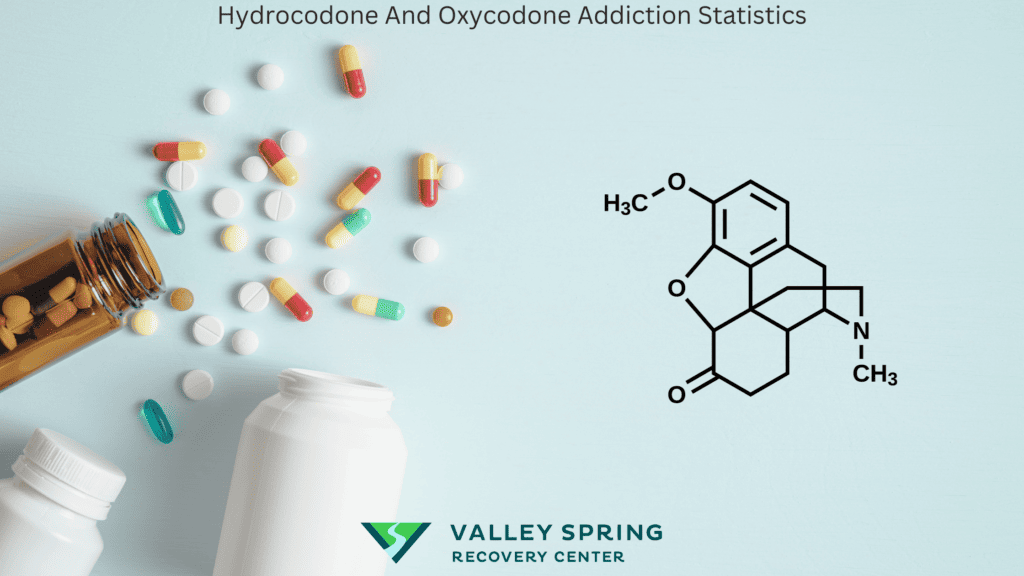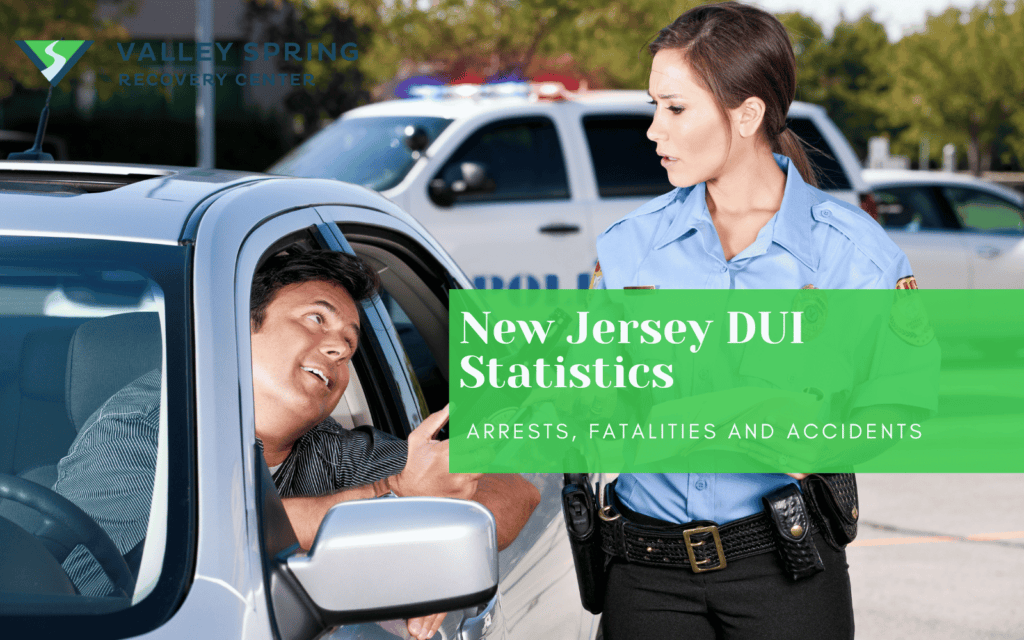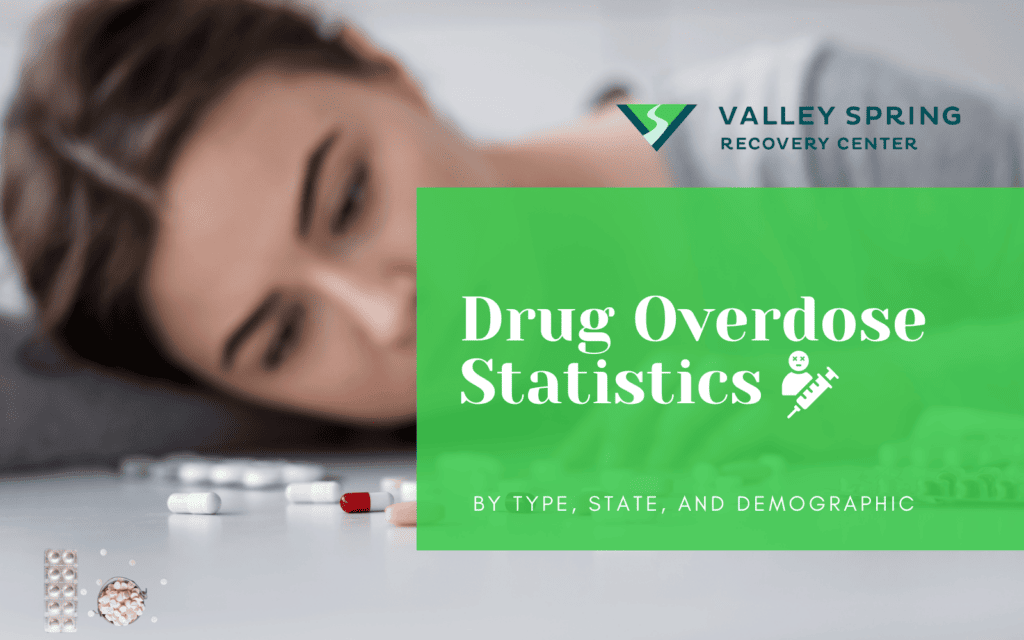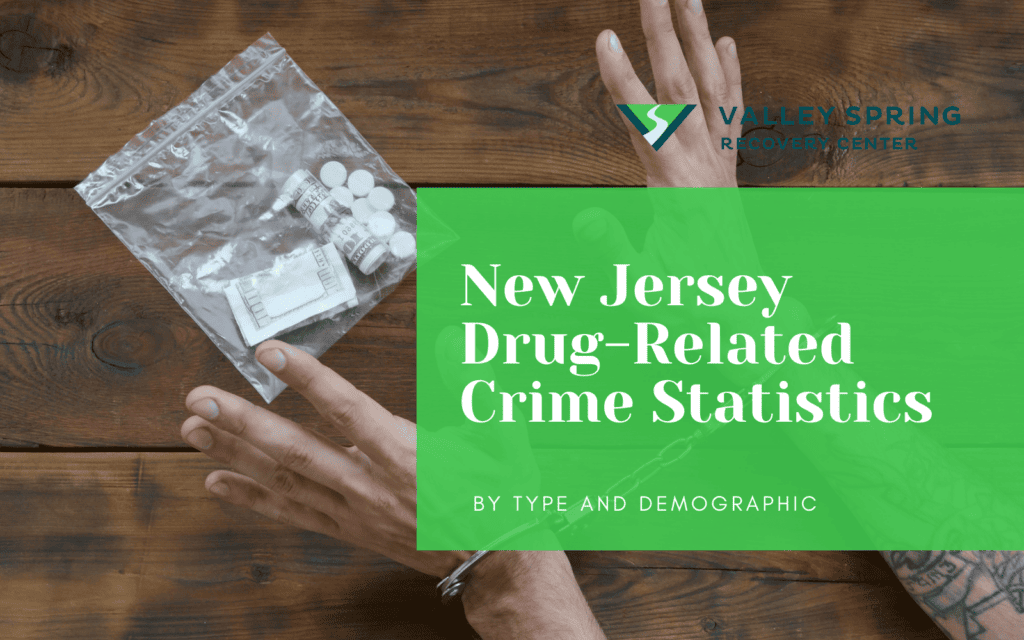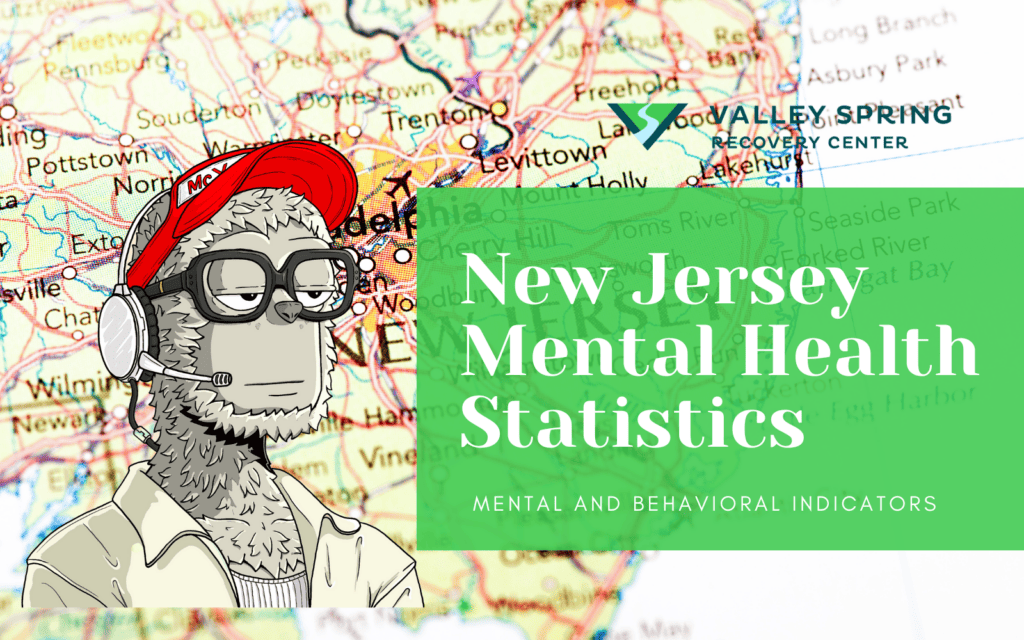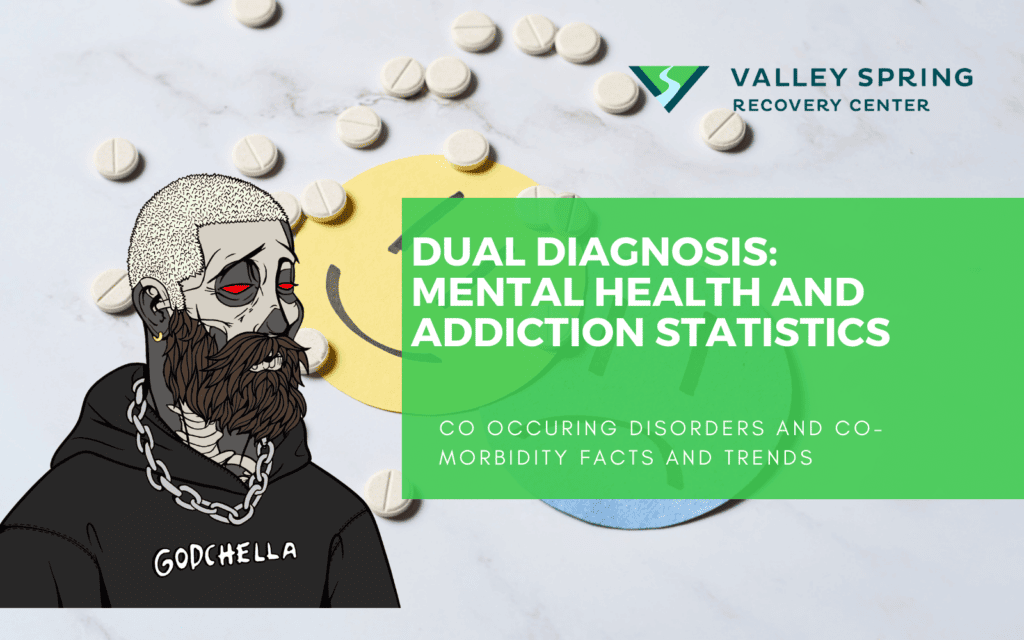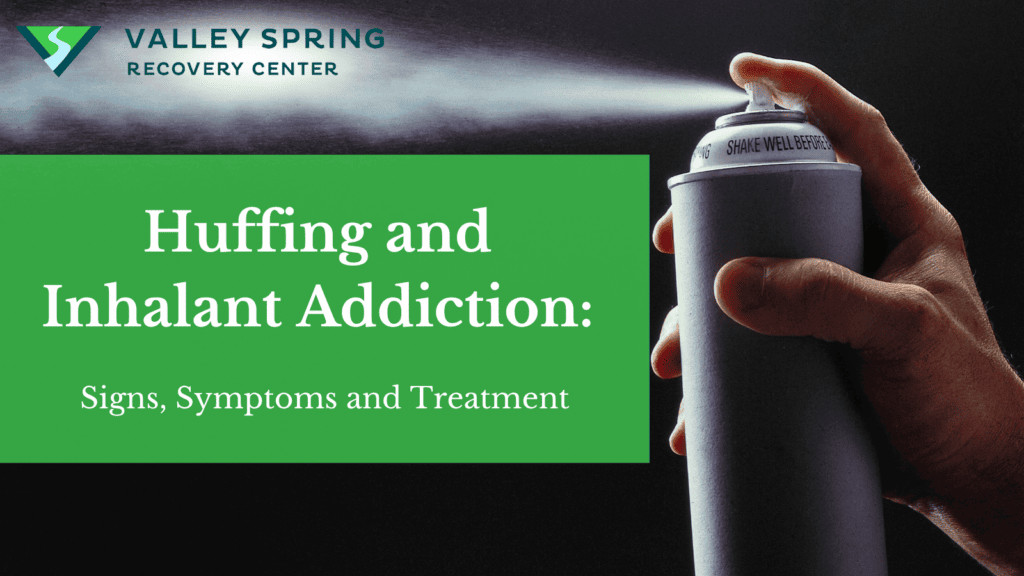Hydrocodone is the generic form of Vicodin and it is a prescription opioid pain reliever with a long history of use in treating moderate to severe pain it also has a high potential for abuse because of it’s addictive qualities.
While hydrocodone and Vicodin are effective for managing pain, it comes with a significant risk of misuse and abuse. In recent decades, there has been a notable increase in chronic pain cases and healthcare spending, contributing to the rise of the opioid epidemic. Additionally, hydrocodone can produce euphoric effects, which may tempt individuals to use it for non-medical purposes, seeking pleasure and diversion. This pleasurable sensation can lead to repeated, uncontrolled use, potentially resulting in dependence on the drug.
Over time, this pattern of misuse can escalate to dangerous behaviors, such as taking larger doses or obtaining the drug through illegal means without a valid prescription. Consequently, the misuse and abuse of hydrocodone have become a pressing public health crisis in the United States, characterized by addiction, overdose incidents, and adverse health consequences.
Key Takeaways
- The US is the major abuser of hydrocodone.
- Hydrocodone products are the most commonly misused subtype of prescription pain relievers.
- Around 11 million people have used pain relievers without a prescription in 2018.
- Women are more likely than men to use prescription pain relievers.
- Middle-aged women are more likely to die from a prescription opioid overdose than other age groups.
- Friends or relatives were the most common source for those who have misused prescription pain relievers.
- People with a history of alcohol or substance abuse are more likely to misuse prescription opioid medications.
- 2020 saw more than 56,000 deaths involving prescription opioid pain relievers such as Vicodin.
- 5.5 million people misused hydrocodone in 2018.
- The highest opioid dispensing rate occurred in 2012 with 81.3 prescriptions per 100 people.
What is Vicodin Addiction?
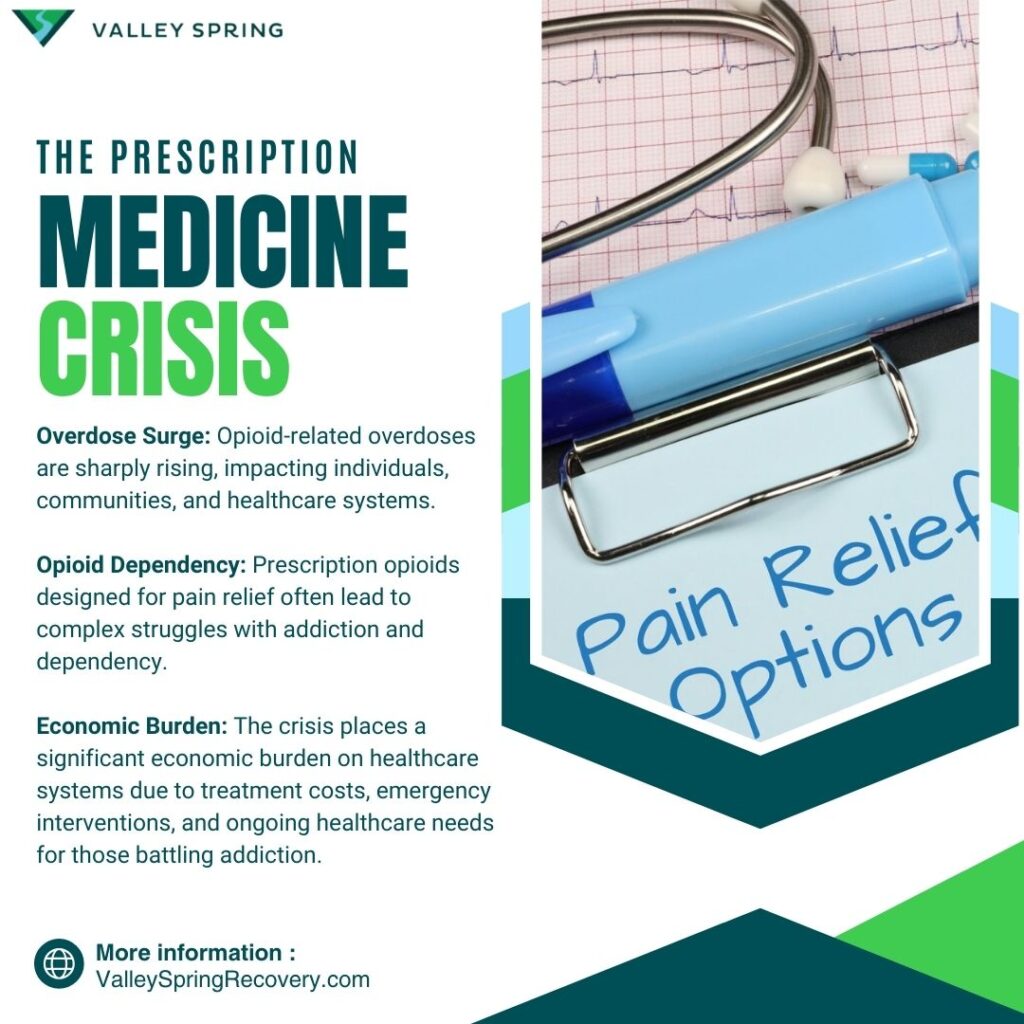
Vicodin addiction is a chronic, relapsing disorder where individuals become addicted to the prescription opioid painkiller and compulsively use the drug despite the harmful consequences of withdrawal and life-altering effects the drug can have.
Vicodin addicts become addicted to the euphoric high provided by taking Vicodin and develop a physical tolerance where the body adapts to the dosage and requires more and more to achieve the same effect.
Vicodin is classified as a Schedule II controlled narcotic, consisting of a combination of acetaminophen and hydrocodone. It is commonly prescribed to manage mild to moderately severe pain. However, due to the presence of hydrocodone in the formulation, Vicodin carries a high potential for addiction. When consumed, Vicodin can trigger a “reward response” in the brain, leading to a pleasurable or euphoric high in addition to its pain-relieving effects.
Before prescribing Vicodin, healthcare professionals typically conduct a thorough evaluation of a patient’s complete medical history, including any prior substance abuse or addiction issues. This precaution is taken to minimize the risk of dependence or addiction. Despite these precautions, Vicodin continues to be a significant contributor to the ongoing opioid epidemic in the United States, highlighting the complexities and challenges associated with opioid abuse and addiction.
What is the Prevalence and Scope Of Vicodin Addiction?
In the United States, there was a substantial increase in the number of opioid prescriptions during the 1990s. Traditionally, doctors have prescribed these medications to manage chronic illnesses, post-surgical pain, dental procedures, and pain resulting from injuries. The widespread use of opioids has played a crucial role in meeting the growing need for effective pain management within the healthcare system. However, this high level of prescribing has raised concerns about the potential for these drugs to be abused and misused.- Most hydrocodone abuse takes place in the US. This is because other nations have forbid the drug from being used for any kind of medicinal purpose whatsoever. Prescriptions for the medicine are still common in the US to meet perceived demand.
- In the US, over 136 million prescriptions for medications containing hydrocodone were filled in 2013. There were 93.7 million filled in 2016 and 83.6 million were sold to patients in 2017. This data demonstrates that the most common opioid distributed across the nation is hydrocodone.
- With almost 136 million prescriptions written in 2011, hydrocodone prescriptions outnumbered all other prescriptions.
- An estimated 5 million adults 12 years of age and older had a prescription opioid use disorder in 2021.
- 46.9% of the 8.7 million adults 12 and older who abused prescription painkillers in 2021 did so using hydrocodone-containing drugs. As a result, hydrocodone-containing medicines are the most widely abused class of prescription pain treatments.
- In 2020, prescription painkillers were used by 75,198 individuals aged 12 and older, and 37,657 of those individuals were given hydrocodone medications.
- People over the age of 26 misused prescription painkillers at higher rates in 2020 compared to children and adolescents between the ages of 12 and 17.
- In patients with little drug exposure and those who oppose illegal drug use, legitimate prescribed opioid use before the 12th grade is independently linked to a spike in risk for opioid misuse after high school at 33%. Clinic-based teaching and prevention programs are crucial because they can prevent future opioid misuse among the aforementioned individuals.
- 12.5 million individuals 12 years of age and older misused painkillers in 2015. In contrast, around 97.5 million persons aged 12 and up took pain medicines for their prescribed reasons.
- The number of persons who used painkillers without a prescription in 2018 was approximately 11.4 million.
- 18.4% of people over 12 intentionally misused prescription medications at least once over the course of their life.
- In 2021, an overdose involving prescription opioids claimed the lives of about 16,706 people. More than 106,000 people overdosed on narcotics in the same year, including both illegal substances and prescription opioids.
- The most widely abused subclass of prescription painkillers in 2019 was hydrocodone products, with 5.1 million people aged 12 or older reporting misusing it in the past year.
- In 2019, relieving physical pain was the most frequent motive cited by those aged 12 or older who took prescription painkillers inappropriately (65.7%).
Demographic Comparison
Various demographic groups exhibit distinct patterns of psychotherapeutic drug use, including medications like hydrocodone, for various reasons and to varying extents. Identifying the specific age groups, genders, and racial groups more prone to prescription painkiller misuse is essential. This information is vital for designing and implementing tailored prevention and rehabilitation strategies that can effectively address the unique needs and circumstances of these diverse demographic groups.- In comparison to males in the same age range, females 12 and older were more likely to use prescription painkillers. Prescription painkillers were used by 38.8% of females and 33.9% of males in 2015. According to research, women react to pain differently than men do. Women, particularly those in the reproductive age range, are more sensitive to pain and more likely to have chronic pain.
- In 2020, people aged 12 and older misused prescription painkillers most frequently for physical pain relief, which accounted for roughly 64.6% of all cases. Other motives include easing stress (8.1%), aiding sleep (4.5%), assisting with mood regulation (5.6%), and feeling good or getting high (11.3%).
- Around 97.5 million people used prescription painkillers in the United States in 2015. Among them were 5.7 million kids between the ages of 12 and 17; 12.1 million adolescents between the ages of 18 and 25; and 79.7 million adults over the age of 26. This demonstrates that adults are more prone to use prescription painkillers than other age groups.
- Compared to other age groups, young adults (18 to 25 years old) are most likely to use prescription medicines illicitly.
- In 2005, 18.2% of college-aged Hispanic women reported using prescription medicines illicitly in the last year, compared to 13.8% of White women, 11.6% of women from other racial groups, 8.4% of African American women, and 6.3% of Asian women.
- Hispanic men had the highest 12-month rates of illicit prescription drug usage among undergraduate men in 2005, at 16.2%, compared to White men’s 13.8%, men of other racial groups’ 9.9%, Asian men’s 9.0%, and African American men’s 8.6%.
- Overdoses involving prescribed opioids claimed 17,087 lives in total in 2016. This equates to 7,109 women and 9,978 men when broken down by gender.
- Women saw a greater increase than men in the number of overdose deaths involving prescription opioids from 1999 to 2016, with a 596% increase vs a 312% increase.
- Compared to other age groups, women aged 45 and 54 have a higher risk of dying from an overdose of a prescription opioid.
What Are the Effects of hydrocodone (Vicodin) Abuse?
The effects of hydrocodone can encompass sensations of pleasure, an enhanced sense of well-being, and a decrease in anxiety and stress. Understanding that the drug can produce these enticing effects helps us grasp why hydrocodone is often overused. These pleasurable effects serve as an attraction for individuals who misuse hydrocodone, ultimately leading to addiction and dependency. To satisfy their cravings, people may resort to various methods to obtain the drug, potentially engaging in risky and unlawful activities in the process.- About 12.5 million individuals reported misusing painkillers in 2015. An average of 10.7 million people misused prescribed painkillers per year between 2013 and 2014. The 97.5 million persons who did not abuse their painkillers in 2015 stand in stark contrast to this.
- 53.7% of the 12.5 million individuals aged 12 and older who abused prescription painkillers in 2015 got the medication from a friend or family member. To be more precise, it was either given to them for free (40.5%), sold to them (9.4%), or taken from them without their consent (3.8%).
- 36.4% of those surveyed in the same year admitted to getting the painkillers they misused through a legitimate prescription or from a medical professional. The majority of the time (34%), they obtained the painkillers on a single doctor’s prescription. Of the 36.4%, 1.7% were from those who got the medication from multiple doctors.
- Only 4.9% of respondents admitted buying the last painkiller they misused from an unknown individual or a drug dealer.
What Are The Risk Factors Associated With hydrocodone?
Hydrocodone has strong pain killing abilities, but it also carries the risk of abuse, addiction, and, in extreme situations, lethal outcomes. The danger of abuse and the difficulties that can result from it are increased at higher doses of the medicine. When using hydrocodone, a person’s susceptibility to addiction or overdose depends on a number of important characteristics. When evaluating the possible hazards connected with the drug, it is essential to take into account these components, which include personal characteristics, usage habits, and the existence of any co-occurring health issues.- Older persons 65 years of age and older are more vulnerable to the effects of opioids, which could result in overdose.
- The risk of overdosing is greatest in people with respiratory problems. Asthma, Chronic Obstructive Pulmonary Disease (COPD), and sleep apnea are a few examples of these ailments.
- The danger of overuse, which could result in overdose, is higher in young adults (18 to 25 years old).
- Prescription opioid drugs are more likely to be misused by people who have a history of alcohol or drug abuse. This is because opioids, including hydrocodone, have strong addictive qualities and carry a significant risk of addiction and abuse.
- Prescription opioid usage may be more common in those with specific mental health conditions. Depression, anxiety, and post-traumatic stress disorder (PTSD) are some of these mental health conditions.
- From 2009, hydrocodone has been the second most common opioid narcotic to be found in drug evidence sent to municipal, state, and federal forensic laboratories.
- More than 56,000 people died in 2020 as a result of using prescribed opioid painkillers like Vicodin.
- In 2021, prescription opioids, including natural and semi-synthetic opioids, contributed to more than 80,411 fatalities.
- In 2017, 1,810 hydrocodone exposures were recorded by American poison control centers overall.
- 5.5 million people misused hydrocodone in 2018. Despite a big decrease from 6.9 million in 2017, this figure is still quite high.
- The overall number of prescriptions for hydrocodone-containing medications in the US fell to 70.9 million in 2018. This is a reaction to the opioid crisis and the updated clinical recommendations for prescription opioids for chronic pain.
What Are The Hydrocodone Statistics
- In the United States in 2021, there were a total of 13,620 drug overdose fatalities involving natural and semi-synthetic opioids, including hydrocodone.
- In 2021, natural and semi-synthetic opioid overdose deaths totaled 1,034 and were highest in California. Florida comes in second with 1,013, followed by New York with 972, Texas with 623, and Pennsylvania with 619.
- With 13 deaths, South Dakota has the fewest natural and semi-synthetic opioid overdose deaths. North Dakota, with 17, and Wyoming, with 25, are other states with low drug overdose mortality from natural and semi-synthetic opioids.
- Between 1999 and 2014, opioid painkiller overdoses resulted in the deaths of more than 165,000 people.
- 73% of persons taking hydrocodone for non-cancer pain reported experiencing negative effects. Constipation, nausea, vomiting, and dizziness are typical adverse reactions.
- To prevent its widespread abuse and misuse, hydrocodone was downgraded from a schedule III narcotic to a schedule II substance in 2014. The shift is frequently linked to the dramatic decline in hydrocodone overdoses.
- Approximately 142 million opioid prescriptions were written in total in 2020. This figure represented a sharp decline from the nearly 215 million opioid prescriptions written in total in 2006.
- Over 255 million opioid prescriptions were written in 2012, which was a record-breaking year. The year with the fewest opioid prescriptions overall was 2020, with 142 million written.
- The year 2012 saw the greatest opioid dispensing rate, with 81.3 prescriptions written for every 100 persons. The lowest rate, 43.3 prescriptions for every 100 individuals, was in 2020, making its dispensing rate much higher than preceding years’ rates.
- The percentage of adult emergency department visits where opioid medication was administered or prescribed rose from 21% to 31% between 2001 and 2010. The biggest increases in discharge prescriptions during this time were observed for oxycodone and hydrocodone.
- Acetaminophen-hydrocodone and hydrocodone were the most commonly prescribed opioids at emergency department discharges in 2016 and 2017. Other opioids include oxycodone, tramadol, acetaminophen-oxycodone, and acetaminophen-codeine.
- Acetaminophen-hydrocodone made up 55.6% of all opioid prescriptions in 2006–2007, while its percentage remained consistent at 53.1% in 2012–2013. From 2016 to 2017, this percentage dropped to 41.5%.
How common is hydrocodone use?
Hydrocodone is currently one of the most commonly prescribed pain medications by healthcare providers. In 2013, an astounding 136.7 million hydrocodone-containing products were dispensed. At the same time, it is also one of the most frequently abused medications by patients, highlighting the substantial public health concern associated with its misuse and abuse.
How common are hydrocodone side effects?
It’s important to note that a significant portion of individuals using opioids, including hydrocodone, may experience adverse side effects. Up to 40% of users may suffer from nausea, and as many as 25% may report vomiting. Furthermore, when hydrocodone is taken concurrently with other medications or substances like alcohol and sleep aids, it can intensify drowsiness. This underscores the crucial need for careful and informed management of medications.
What are the side effects of taking hydrocodone?
The most commonly reported side effects associated with hydrocodone medications typically include drowsiness, nausea, constipation, and mood changes. Less frequently reported side effects may include cloudy urine, ear congestion, or loss of voice. It is crucial for individuals taking hydrocodone to be aware of these potential side effects and to seek advice from their healthcare provider if they experience any adverse reactions while using the medication.
Is Vicodin the same as hydrocodone?
Vicodin is a brand-name of medication that combines two active ingredients: hydrocodone and acetaminophen. Hydrocodone is an opioid analgesic used for pain relief, while acetaminophen is a non-opioid pain reliever and fever reducer. The combination of these two substances in Vicodin is typically prescribed to effectively manage moderate to moderately severe pain.
What is the purpose of taking hydrocodone?
Hydrocodone is primarily employed in the treatment of severe pain, typically prescribed to individuals who need continuous, round-the-clock relief from intense pain that cannot be effectively controlled using alternative treatments or medications. It is categorized as an opioid analgesic and is typically reserved for situations where other pain management options have proven insufficient.
How does hydrocodone relieve pain?
Hydrocodone is a type of pain-relieving medication that works by affecting the central nervous system, particularly by binding to opioid receptors in the brain. This action leads to the suppression of pain signals, offering relief to individuals who are in pain or experiencing discomfort.
How effective is hydrocodone for pain relief?
Hydrocodone is a useful medication for short-term pain management. However, its extended use is typically not recommended unless it’s prescribed for chronic pain conditions. This caution arises from the potential for developing tolerance, where the body adapts to the drug’s effects. As a result, over time, hydrocodone may become less effective, requiring higher doses to achieve the same level of pain relief. This situation can potentially lead to dependency issues and an increased risk of side effects of addiction.
Can children take Vicodin?
In some cases, children may be prescribed pain relief medications such as Vicodin to alleviate post-surgery discomfort. These prescriptions usually involve precise dosage adjustments tailored to the child’s specific requirements. However, it’s important to recognize that there are inherent risks associated with administering opioid pain medications to individuals under the age of 18.
Is hydrocodone addictive to people?
Regular or prolonged use of hydrocodone can lead to the development of a habit-forming pattern. Hydrocodone has euphoric effects that can promote dependence and, ultimately, addiction. With extended use, individuals may discover that they need higher doses of the drug as their bodies build up a tolerance to its effects. This growing need for the drug can further contribute to an individual becoming dependent on hydrocodone.
What are the signs of hydrocodone overdose?
Signs of a hydrocodone overdose include shallow or stopped breathing, extreme drowsiness, nausea, cold and clammy skin, and noticeably constricted pupils. If any of these symptoms are observed, it is crucial to seek immediate medical attention. A hydrocodone overdose can be life-threatening and demands prompt intervention.
What Resources Are Available for Employers?
Several organizations offer guidelines and toolkits for managing substance abuse in the workplace, including the Substance Abuse and Mental Health Services Administration (SAMHSA).
How is prescription painkiller addiction similar to heroin addiction?
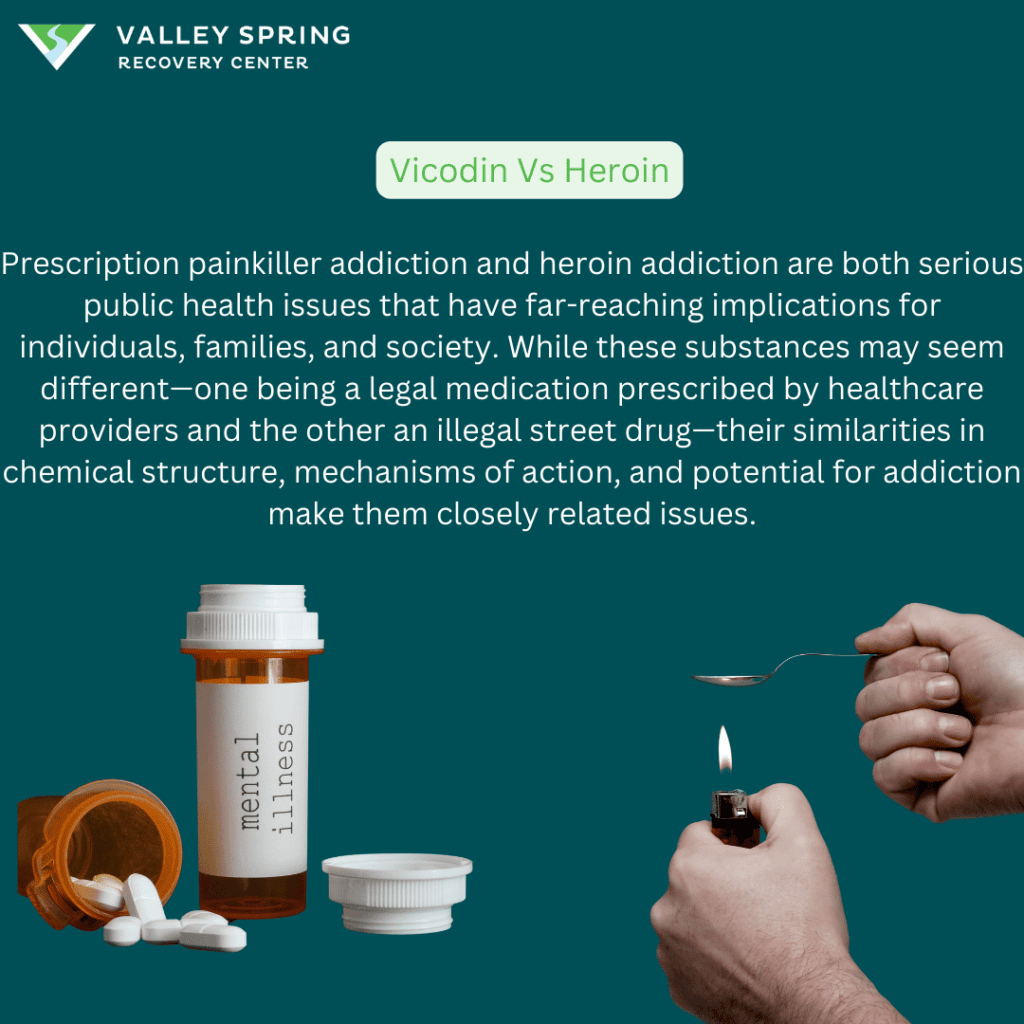
Prescription painkiller addiction and heroin addiction, while similar in many respects, also have key differences that set them apart. One of the most significant differences is their legal status and accessibility. Prescription painkillers like hydrocodone, oxycodone, oxycontin, and morphine are legal medications prescribed by healthcare providers for legitimate medical conditions, such as post-surgical pain or chronic pain management. This legal status often leads to a perception that they are “safer” than illicit drugs, which can result in misuse. Heroin, on the other hand, is an illegal substance with no approved medical uses, often obtained through illicit channels. The illegal status of heroin often carries a higher social stigma and legal consequences, including imprisonment.
Another major difference lies in the administration and purity of the substances. Prescription painkillers are manufactured under regulated conditions and come in standardized doses, which allows for more predictable effects, although misuse can still lead to overdose. Heroin is often “cut” with other substances, making its potency variable and increasing the risk of heroin overdose and contamination. Additionally, heroin is commonly injected, which carries its own set of risks, including infection and transmission of diseases like HIV and Hepatitis C. In contrast, prescription painkillers are most commonly taken orally, although misuse can include crushing and snorting or injecting the substance, which also increases health risks.
Sources
- deadiversion.usdoj.gov
- addictioncenter.com
- samhsa.gov
- cdc.gov
- injuryfacts.nsc.org
- wonder.cdc.gov
- aans.org
- drugabusestatistics.org
- publications.aap.org
- nida.nih.gov
- medlineplus.gov
- chrome-extension:
- americanaddictioncenters.org
- pubmed.ncbi.nlm.nih.gov
- ncbi.nlm.nih.gov
- books.google.com.ph
- drugs.com
- dol.gov
- goodrx.com
- mayoclinic.org
- webmd.com
- mcieast.marines.mil
Dr. Michael Olla
All author postsShare This Post

